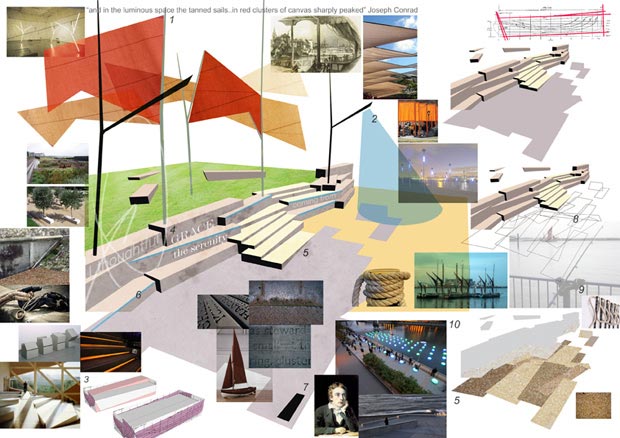- Robert Colbourne
- About
- Working
- Loading Bay Pocket Park
- Exchange
- 29-32 Mary Street
- King Edward VI Sixth Form College
- Tamed [Flood Management Scheme]
- Smithfield Site
- Frames - King Edward VI College
- James Watt Campus, Birmingham Metropolitan College
- Kemble Airfield
- Fargo
- Woodthorne Residential Housing Development
- Muchall Grove Housing Development
- Gravesend
- Meshwork Worcester
- Quadrant, Network Rail National Centre
- 20ft to an Inch [Sustrans]
- Birmingham Coach Station, Digbeth
- South Wolverhampton and Bilston Academy
- Longton Plots
- Pride of Place, West Bay
- Darwin Hall
- Light in Benmore - Optima Housing Association Art-as-Maintenance Report
- Smithfield 1 Proposal
- Interchange
- Turning Wall
- Springfield Brewery
- Constellations, Optima Housing Association
- AFC Telford United
- Stourport Day Book
- Stourport markers
- Changing Landscapes
- Rea Park, Digbeth
- Rea Crossing, Digbeth High Street
- Green Bridge Feasibility Project
- BryantPriestNewman 10
- Longhouse CPD, Confluence and Mythe
- Landscapainting
- Rd
- At any specific
Gravesend [2011-12]
Public realm study (St Georges Church, High Street , Market and St Andrews/riverside). Landscape-as-art-as-landscape approach with David Patten and Define.

"The houses of Gravesend crowd upon the shore with an effect of confusion as if they had tumbled down haphazard from the top of the hill at the back. The flatness of the Kentish shore ends there. A fleet of steam-tugs lies at anchor in front of the various piers. A conspicuous church spire, the first seen distinctly coming from the sea, has a thoughtful grace, the serenity of a fine form above the chaotic disorder of men's houses" [Joseph Conrad: The Mirror of the Sea 1906]
Riverside Terracing/St Andrews
1. Vertical mast forms support flexible banner/shelter/sails and accentuate Conrad's 'tumbling'. A spread of colour to mark the town and be to seen from the water
2. Mast forms become themed lighting
3. Bawley shrimping boat dimensions create seating and/or planting by blocking in, cutting away and reversing structures.
4. Conrad text as concrete poetry to be seen from estuary.
5. Bawley boat dimensions create ramping and stepping compositions - with attention to the texture and colour of local materials and geology. Gravel and shingle indicates pathways.
6. Led strip lighting to mark horizontal level banding. Possibly reactive to the tide and accentuates Conrad's 'tumbling'.
7. QR code soundpoint or interactive content ( near field communication). Could include outward facing text/details to mark Keat's last departure from English shores with excepts from his last poem 'Bright Star.
8. Paving patterns echoed accross site in contrast to the formality of hight street grain lines.
9. Starbucks inspired chandlery/rope waterfront ironwork supports fishing rests
10. Lighting spills from shore into the estuary as temporary installation or individual bollards and buoys.